Analyzing Consumer Expenditure: A Microeconomic Equation Approach
VerifiedAdded on 2022/09/25
|5
|886
|20
Homework Assignment
AI Summary
This assignment focuses on developing and analyzing a consumer expenditure equation within a microeconomic framework. The student introduces an equation representing a person's expenditure, incorporating necessities, leisure goods, and savings, and prices for necessities and leisure goods. The equation is rooted in the concept of the budget line constraint. The assignment then provides two scenarios demonstrating how the equation can be applied to calculate a person's expenditure and determine how much of a good they can purchase given a budget. The importance of equations in the business world is highlighted, particularly in accounting and finance for balance sheets and profit calculations. The student emphasizes the significance of mathematical tools in business and references software that uses formulas and equations. The assignment concludes by reiterating the importance of these tools for all stakeholders in the economy.
1 out of 5
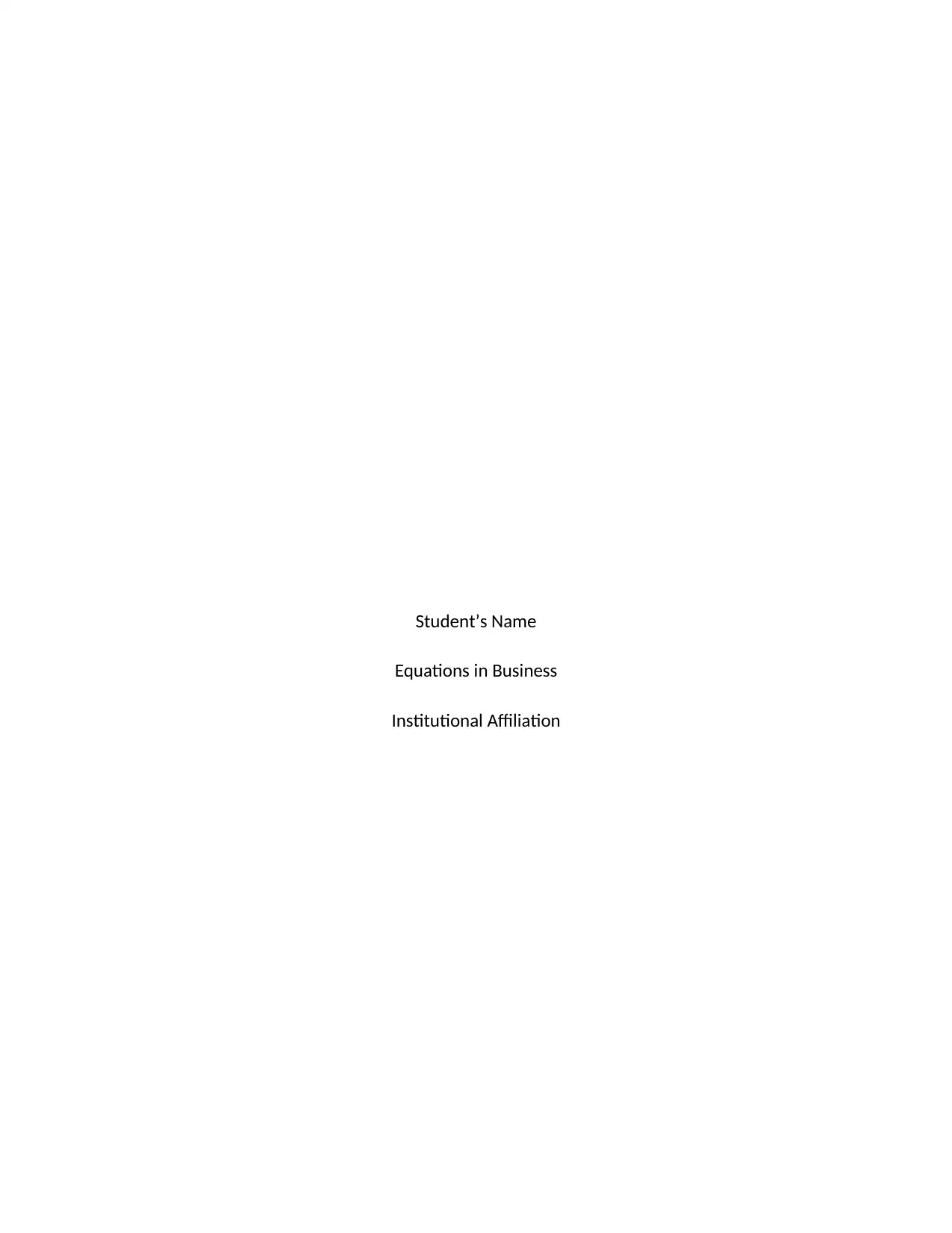
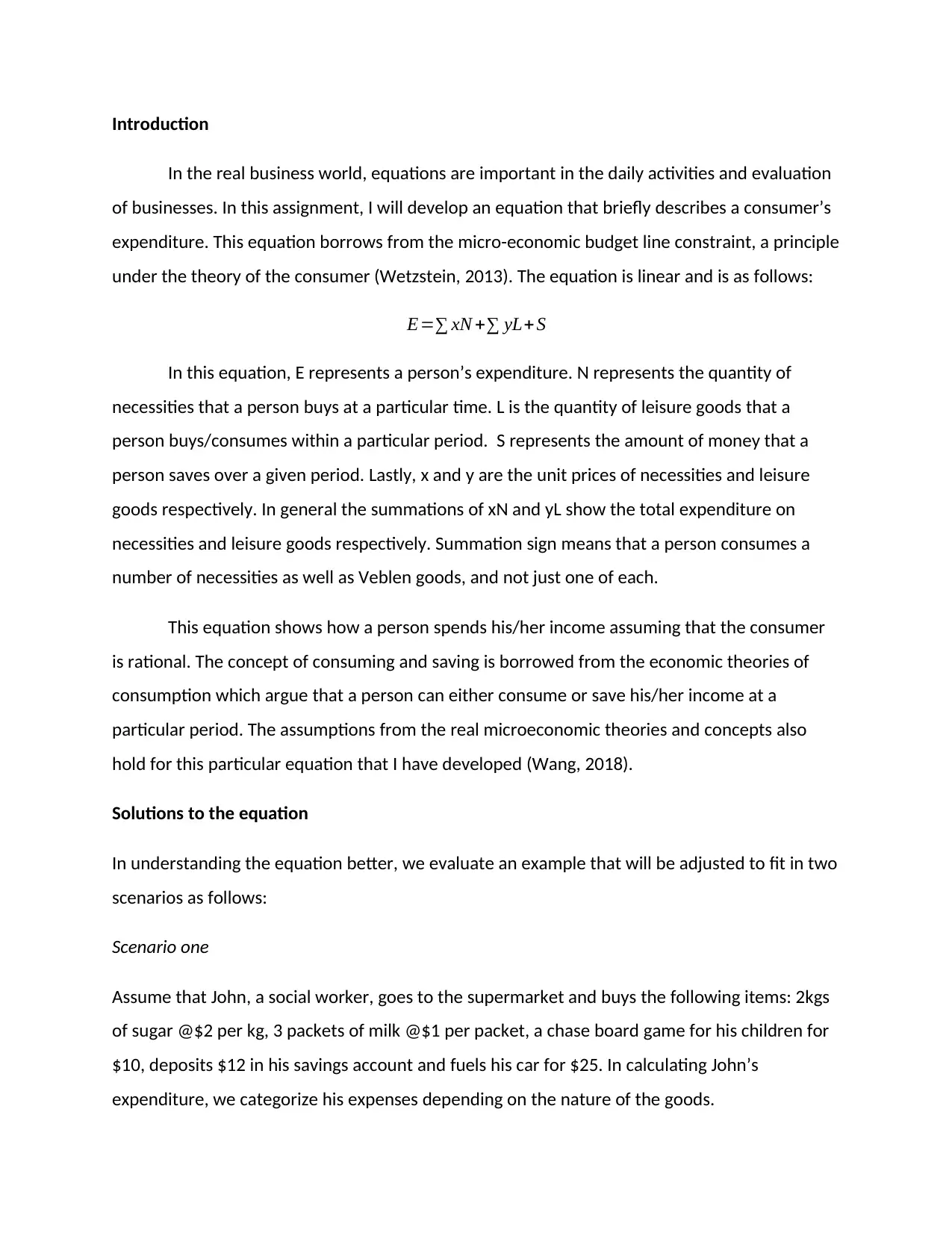
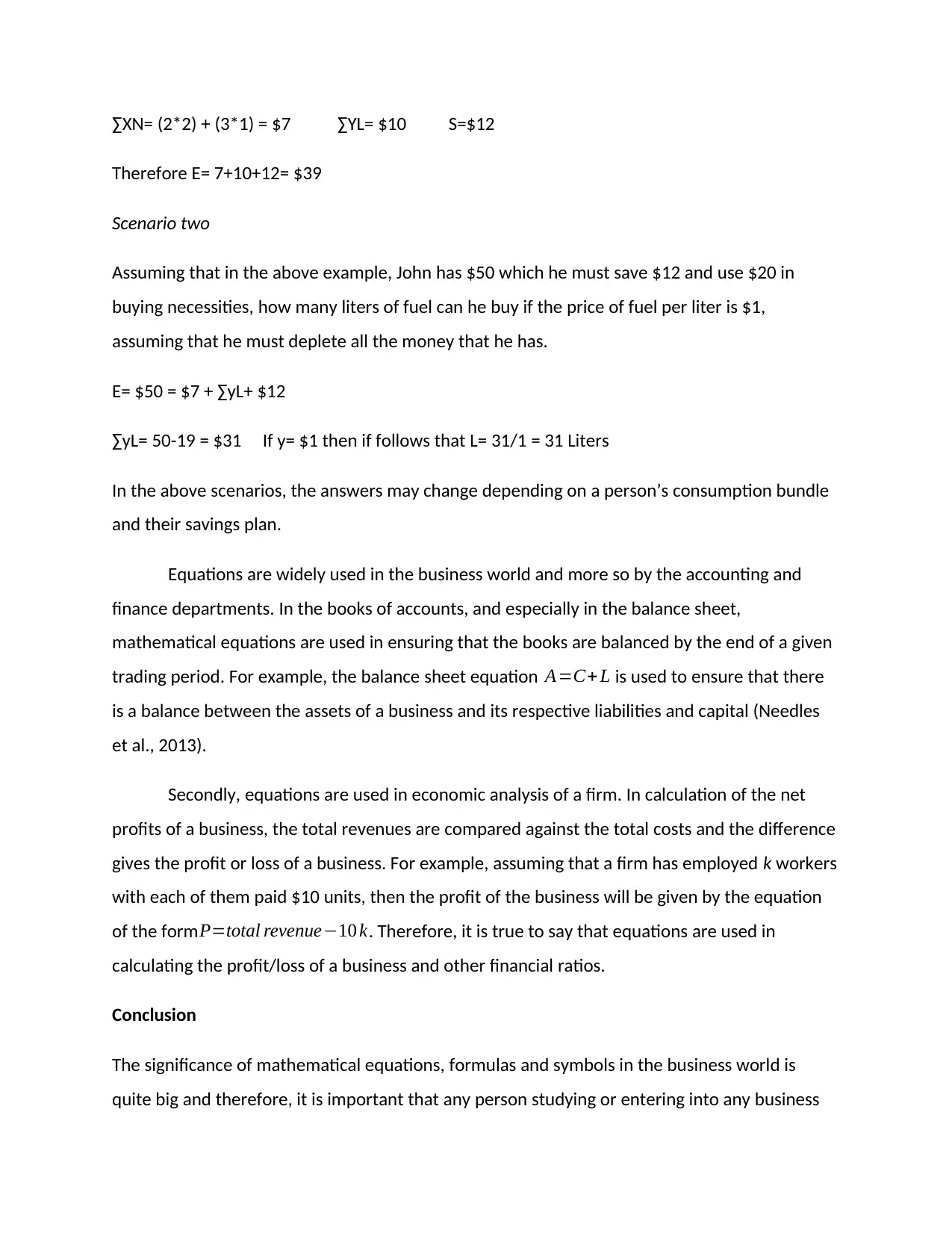

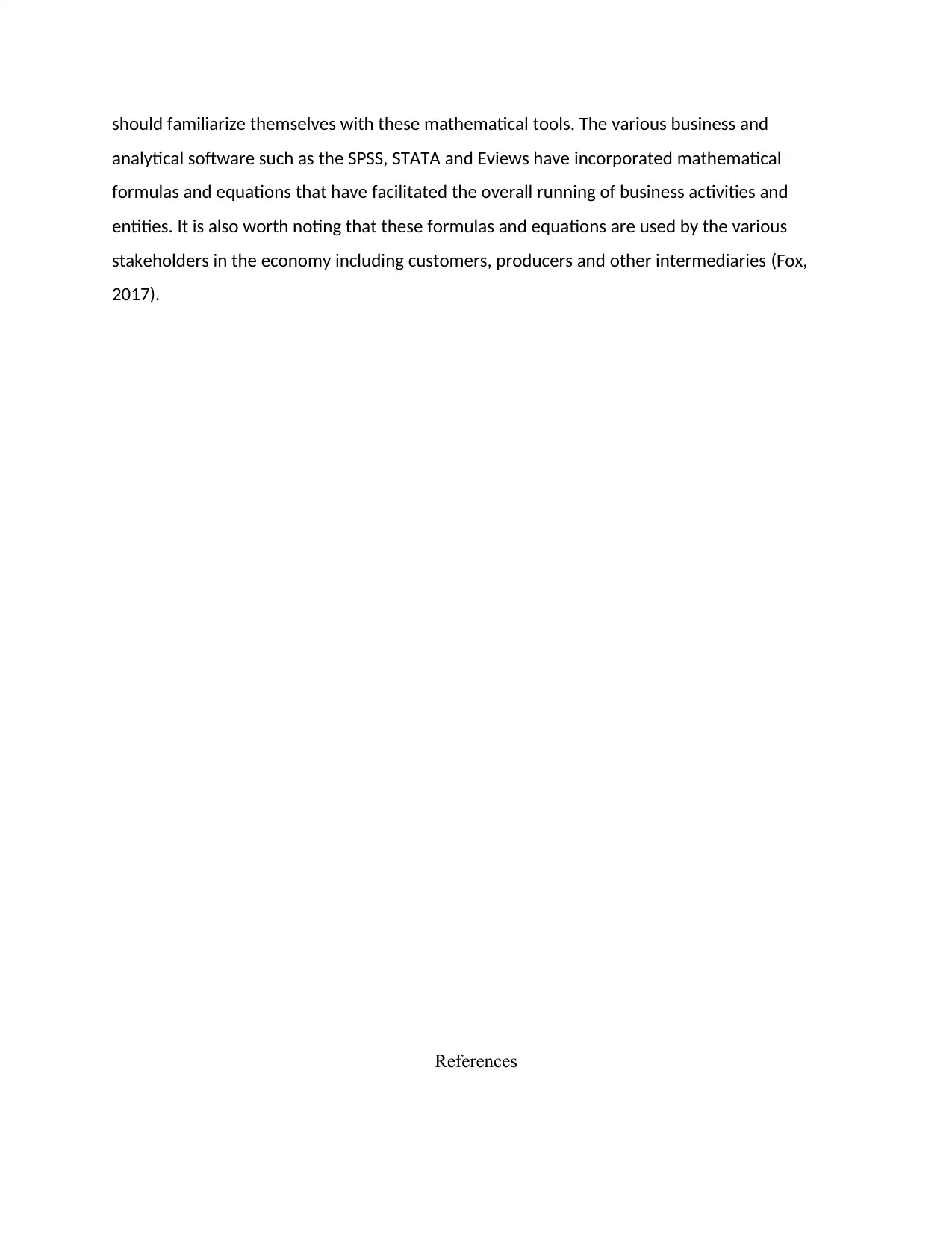
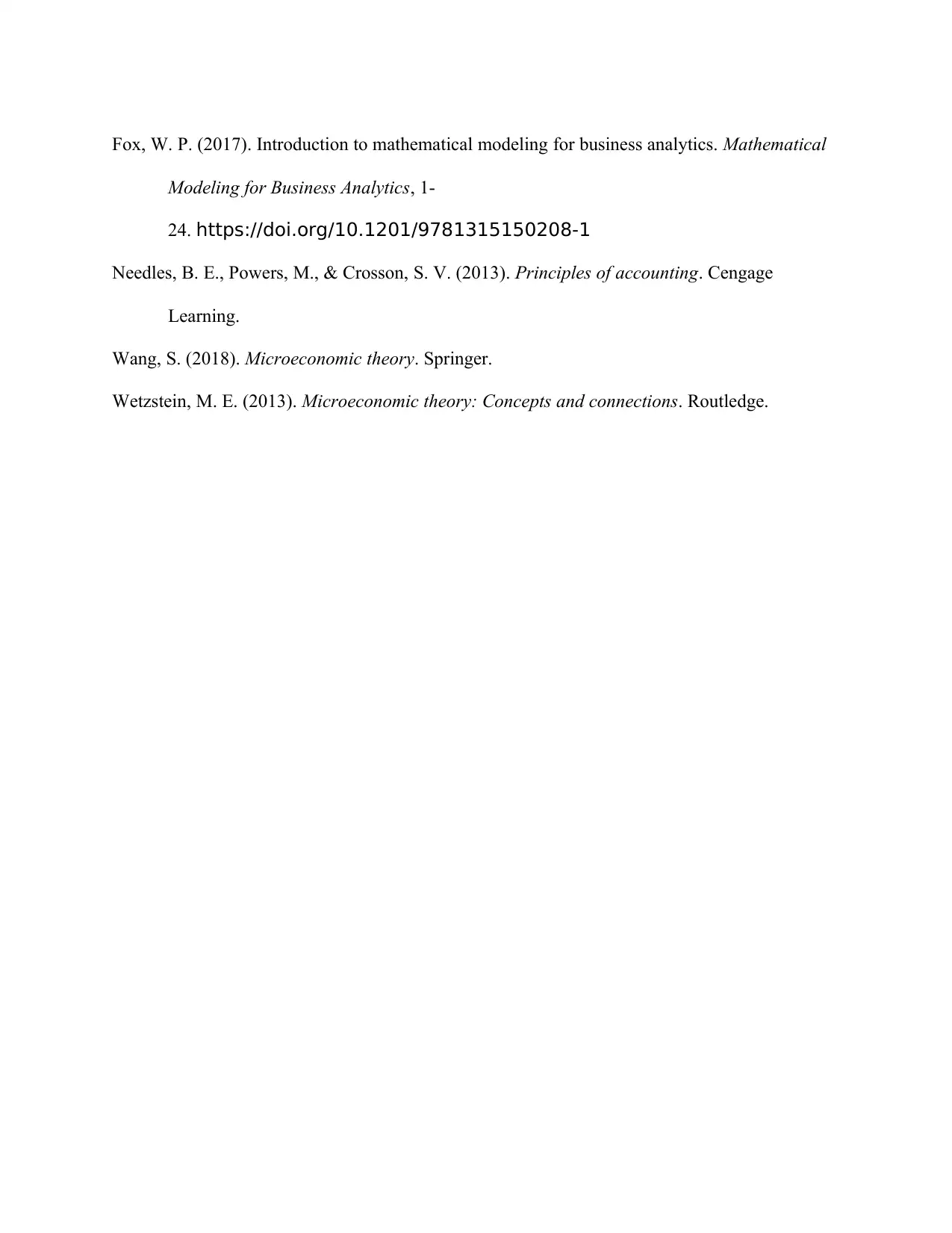
![[object Object]](/_next/static/media/star-bottom.7253800d.svg)